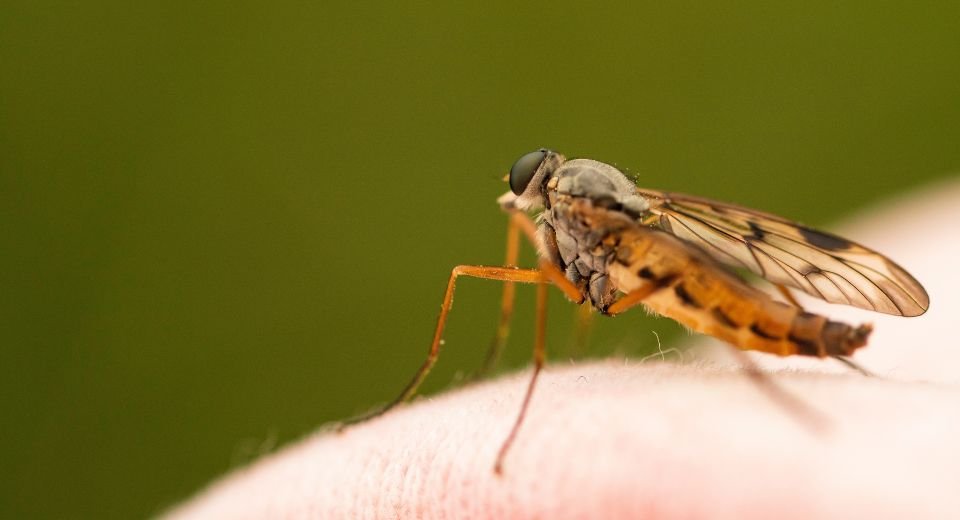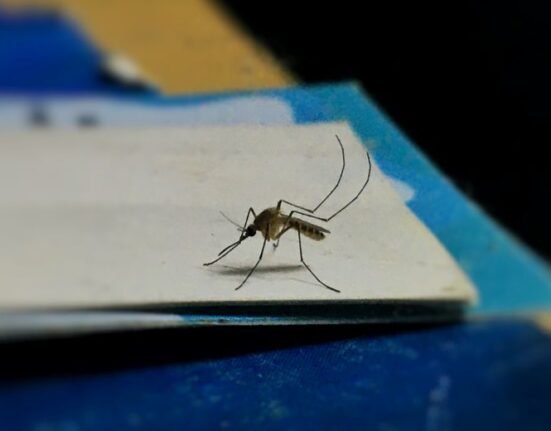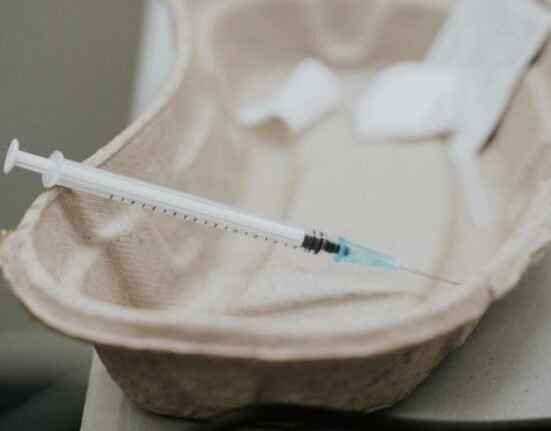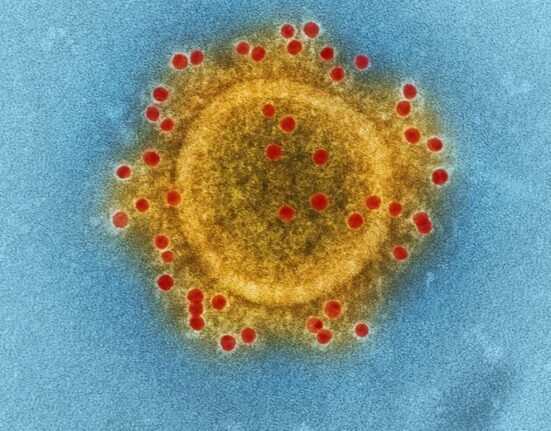HQ Team
June 9, 2023: Researchers at the University of Central Florida have engineered a human tissue that draws mosquitoes to bite and feed on, and hope the platform can help study the pattern of how the pathogens the insects carry impact and infect human cells and tissues.
The researchers lined 3D capillary gel biomaterials with human cells to create engineered tissue and then infused it with blood. Testing showed mosquitoes readily bite and blood feed on the constructs, much as they would from a human host.
Researchers largely rely on animal models and cells cultured on flat dishes for such investigations. The new platform held promise for tests on blood-feeding mosquito species that are difficult to rear and maintain colonies in a laboratory setting.
Vector-borne illnesses, including those from mosquitos cause more than 700,000 deaths worldwide each year.
Dengue, Zika
Malaria, dengue, Zika virus, and West Nile virus are all transmitted by mosquitos. Even for those who survive these illnesses, many are left suffering from organ failure, seizures, and serious neurological impacts.
Bradley Jay Willenberg, a biomedical researcher at the College of Medicine, led a multidisciplinary team that employed a blend of biomedical engineering, biomaterials, tissue engineering, nanotechnology, and vector biology to develop mosquito surveillance, control, and research tools.
“We have demonstrated the initial proof-of-concept with this prototype,” he said. “I think there are many potential ways to use this technology,” Mr Willenberg said. The team hopes to adapt the new platform for application to other vectors such as ticks, which spread Lyme disease.
“As one of my mentors shared with me long ago, the goal of physicians and biomedical researchers is to help reduce human suffering,” he said. “So, if we can provide something that helps us learn about mosquitoes, intervene with diseases and, in some way, keep mosquitoes away from people, I think that is a positive.”
NIH 3D models
Mr Willenberg came up with the engineered tissue idea when he learned the National Institutes of Health (NIH) was looking for new in vitro 3D models that could help study pathogens that mosquitoes and other biting arthropods carry.
“When I read about the NIH seeking these models, it got me thinking that maybe there is a way to get the mosquitoes to bite and blood feed [on the 3D models] directly,” he said. “Then I can bring in the mosquito to do the natural delivery and create a complete vector-host-pathogen interface model to study it all together.”
He wants to incorporate additional types of cells to move the system closer to human skin.
Willenberg is also developing collaborations with experts that study pathogens and work with infected vectors and is working with mosquito control organizations to see how they can use the technology, which is available for licensing.
Willenberg, a co-founder of Saisijin Biotech, LLC, has a 67% ownership stake and is a manager. Saisijin aims to identify and cultivate commercialization opportunities for Capgel.








